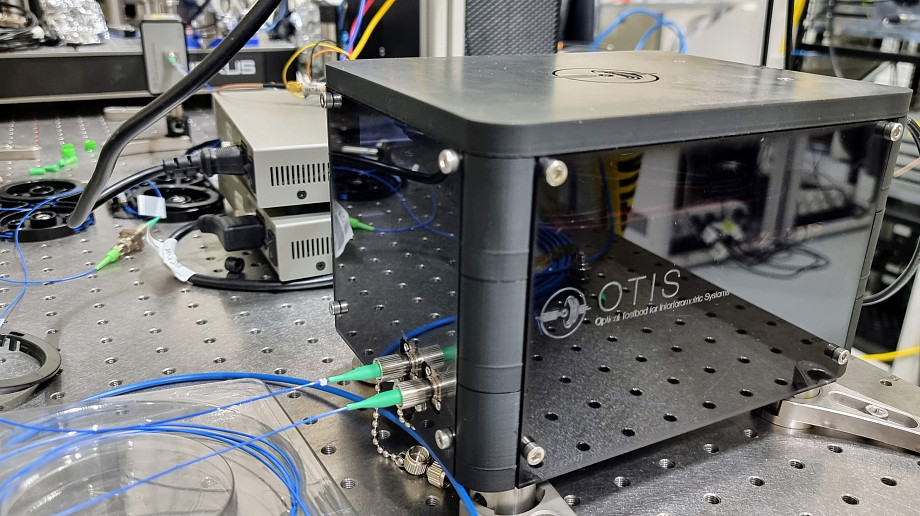
The precise measurement of distances between spacecraft offers unique opportunities to explore scientific phenomena unobservable from Earth. Inter-spacecraft interferometers, which use optical links between spacecraft separated by hundreds to millions of kilometres, are capable of tracking nanometre-scale changes in distance. These measurements have enabled ground-breaking observations, such as monitoring Earth’s ice mass—a key climate change indicator—and will further enable the detection of low-frequency gravitational waves. The Gravity Recovery and Climate Experiment-Follow On (GRACE-FO) mission, launched in 2018, was the first to use inter-spacecraft interferometry and has provided continuous monitoring of Earth's climate for seven years.
Future missions have the potential to improve cost-effectiveness and measurement sensitivity, but one of the primary constraints is the minimum received optical power required to perform robust measurements. As optical beams traverse the vast distances between satellites, most of the transmitted light is lost due to beam divergence; measurement must be performed with the small amount of light captured at the receiving satellite. Currently, novel mission designs where less than 2 picowatts of light reach the receiving satellite are considered infeasible.
This talk explores the limits of measurement for space-based interferometric systems using extremely weak light sources (femtowatts and below). We have demonstrated that robust measurements are possible with thousands of times less light than is used in current missions, enabling a plethora of exciting new mission designs. The talk also presents novel sensing techniques and architectures pioneered at the Australian National University to enable exciting new interferometric mission designs.
The talk combines theoretical modelling, FPGA simulation, and experimental efforts at the Australian National University, in collaboration with NASA's Jet Propulsion Laboratory, aiming to answer one question: How low can we go?